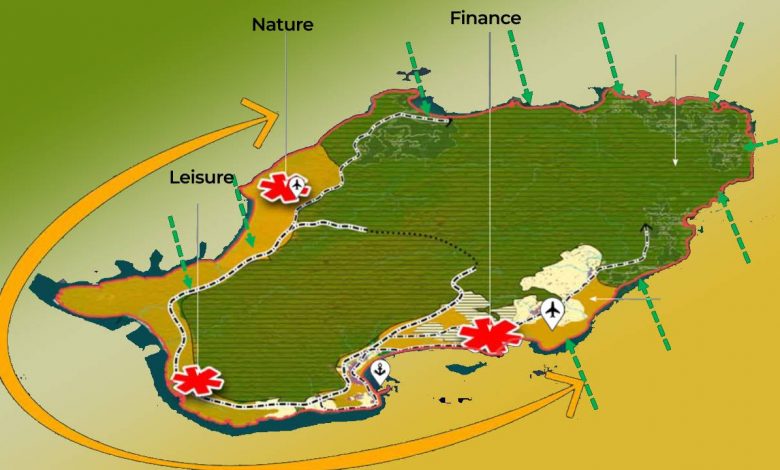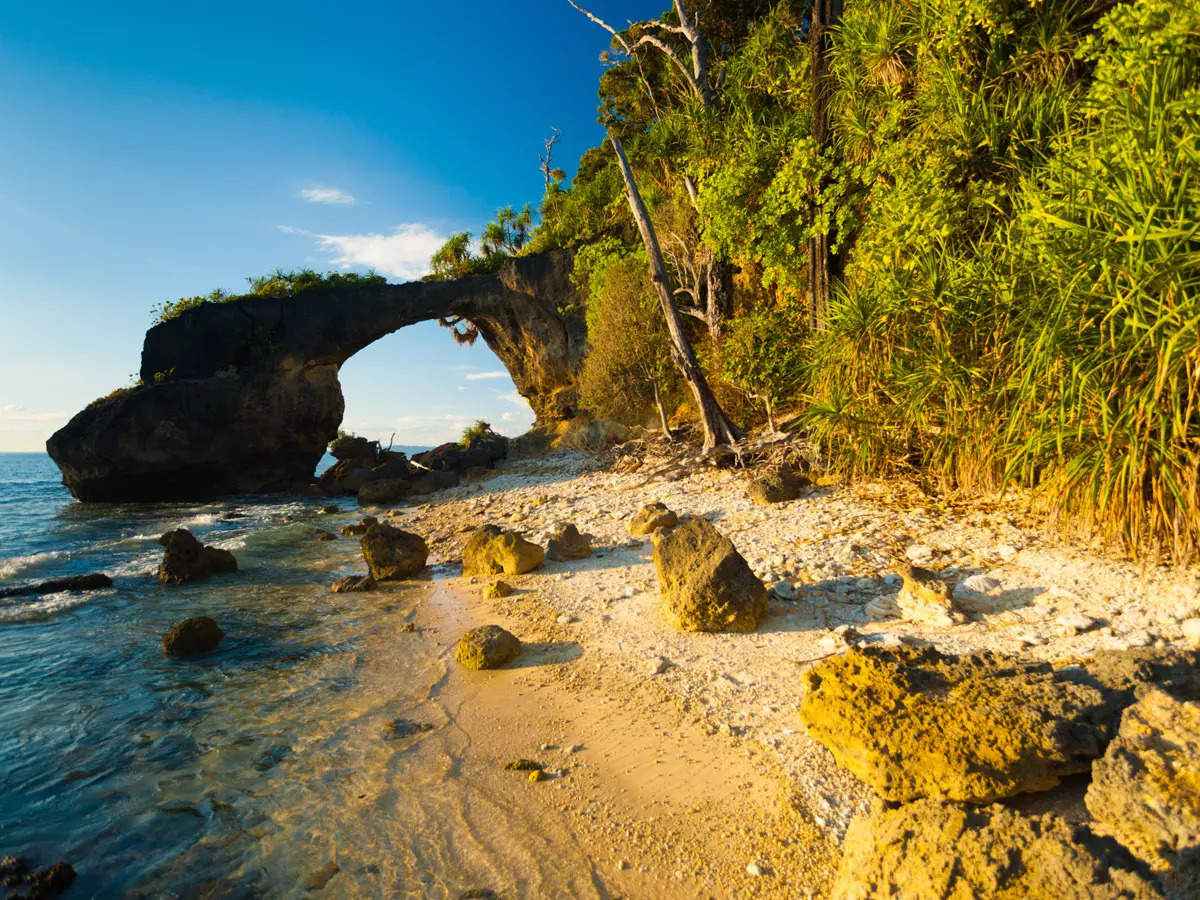The Great Nicobar Project is a significant infrastructure development plan with an estimated cost of ₹72,000 crore. The project aims to establish essential services such as an international airport and a trans-shipment port on Great Nicobar Island. However, it faces scrutiny due to its potential environmental, legal, and ethical impacts.
Community Consultation and Impact
The local tribal groups were not invited to the public hearing for the draft SIA report. This mostly affected the Shompen, a Particularly Vulnerable Tribal Group (PVTG), and the Nicobarese, a Scheduled Tribe (ST). People from Gandhi Nagar and Shastri Nagar, two newly settled communities, were mostly called to the hearing. The draft SIA, which was an important part of meeting the requirements of the Land Acquisition Act, strangely didn’t talk about the indigenous people. Instead, it focused on the landowners of the areas that were going to be taken over.
Environmental and Social Issues
For the project to go forward, 404.8 hectares of private land will have to be bought and about 130 square kilometers of forest land will have to be diverted. This will affect about a million trees. Environmentalists and social scientists say the project could be very bad for the local environments. They say it could destroy coral reefs, marine life, and the homes of rare species like the Nicobar Megapode bird and leatherback turtles. Native American tribes that rely on these lands for their livelihoods being forced to leave them is a serious social and moral problem.
Legal and Administrative Feedback
Because of the limited view on community effect, 103 retired civil servants wrote to different government bodies to criticize the shallow assessment of the local community’s impact and ask that the SIA be rethought to include the Indigenous populations. Even with these complaints, officials say that the land that was bought does not touch native reserves because the project was not reported to them before.
Overview of Great Nicobar Island

- Geographical Significance: Great Nicobar Island, the largest of the Nicobar Islands in India, spans roughly 1,045 square kilometers and houses Indira Point, India’s southernmost tip, which partly submerged after the 2004 tsunami.
- Unique Biodiversity: The island features unique biodiversity, including the Nicobar megapode, a rare bird species that builds mounds to incubate eggs using solar heat. It is also home to the indigenous Shompen and Nicobarese tribes, known for their distinct cultures.
- Strategic and Environmental Importance: India’s naval base in Great Nicobar strengthens the country’s maritime position in the area, making it a strategically important island. The island is also an important part of the Great Nicobar Biosphere Reserve, which was made by UNESCO to protect its tropical forests and coastal habitats.












